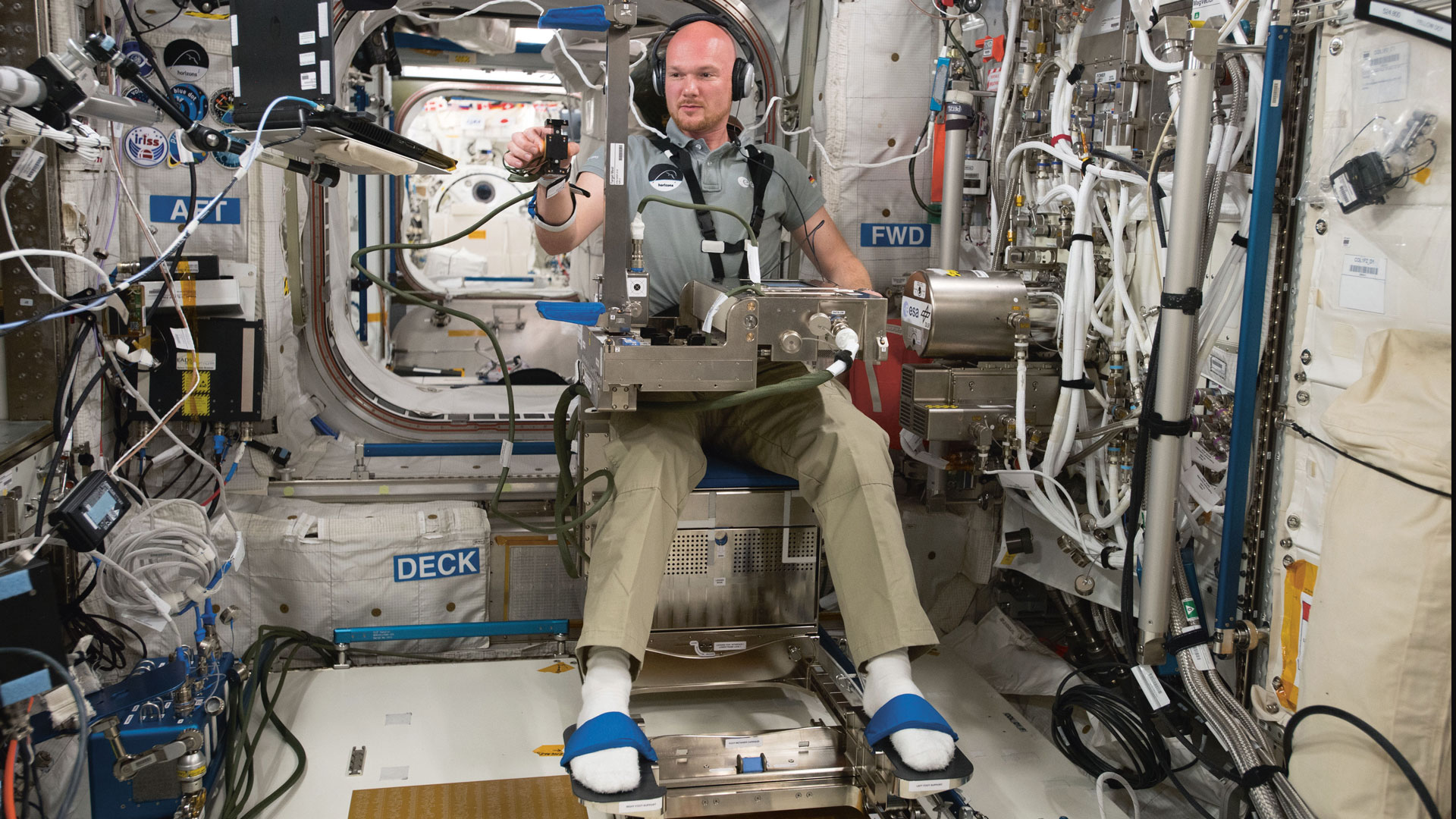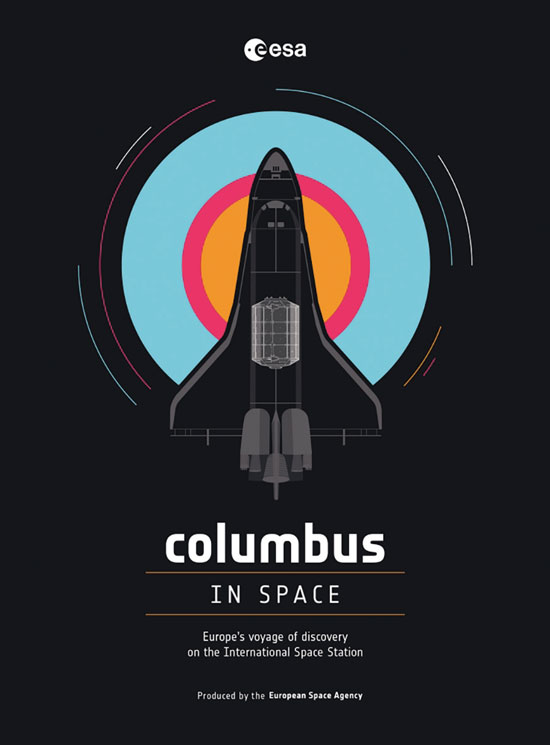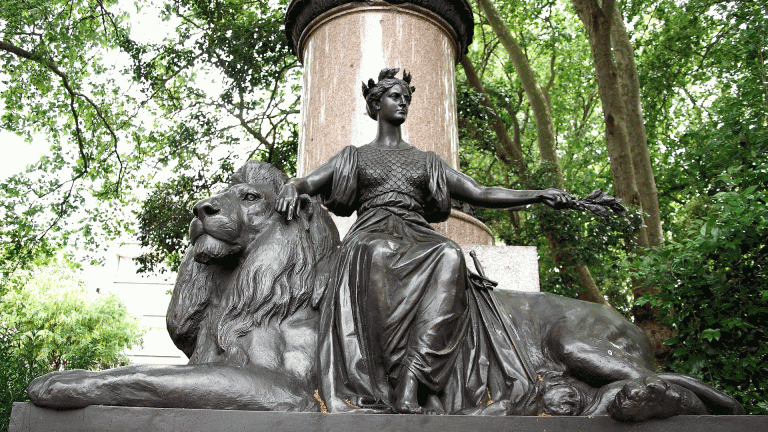Last month a spacecraft that was docked to the International Space Station sprung a small leak – a reminder that there are only a few millimetres of metal and protective shielding that keep astronauts above us alive. Thanks to intensive training and being prepared for everything, the six astronauts quickly found the small hole and European Space Agency astronaut Alexander Gerst blocked it by using, yes, his finger. More permanent repairs followed using tape and epoxy glue.
The incident is a reminder of how fragile life outside our planet is and a testament to all the people on Earth who build, design and maintain the spacecraft that orbit our planet quietly with very small margins for error. Astronauts take the limelight and quite rightly so, they are putting their lives at risk, but why do space agencies go to all the effort and expense? To find answers to questions we haven’t yet thought to ask.
Experiments that cannot be done anywhere else.
This year the European laboratory Columbus that is part of the International Space Station is celebrating 10 years in orbit. It has circled our planet over 55, 000 times and over 5,000 people on Earth have been involved in planning and running experiments that cannot be done anywhere else.
The attraction for scientists to have their experiment run in space – aside from the cocktail-party bragging rights – is that there is nowhere else to investigate phenomena for long periods of time without gravity getting in the way. Studying how something behaves in a controlled environment is the essence of a scientific experiment and laboratories on Earth can control almost every aspect of the world around us, but there is only one European laboratory that can remove gravity from the equation: Columbus.
No wonder that 60 experiments are run each year on Columbus alone as its state-of-the-art research facilities can accommodate disciplines as diverse as medicine, geophysics, fundamental science and biology. Experiments have revealed why plants grow in a corkscrew fashion – first described by Charles Darwin – and that it takes exactly 42 seconds for cells from mammals to adapt to weightlessness.
Benefits for us earthlings come both from space research but also research for space. Technology developed to track astronauts’ eyes is now used in most laser surgery to correct eyesight – if something is robust enough to work in space, it is often perfect for use on Earth. Research that models how atoms behave in three dimensions was hampered by gravity, so researchers built a facility that suspends dust particles in cold plasma to recreate how atoms behave. These insights into the nano-world are running continuously, while the technology behind it has spawned medical equipment that disinfects wounds and hospitals, a much-needed new line of defence against antibiotic-resistant bacteria.











